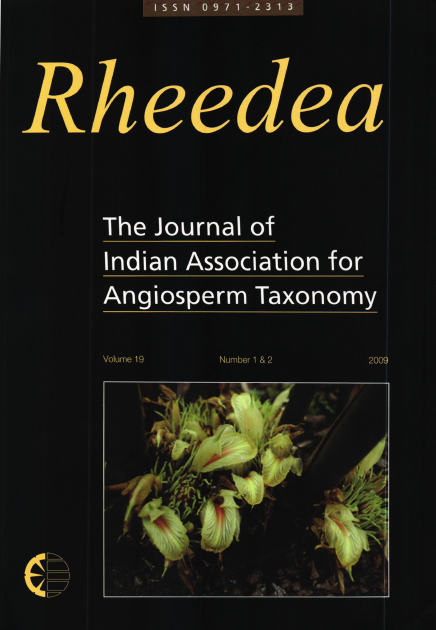Linnaeus’s Global Project – The Exploration of the World’s Flora
Bertil Nordenstam
Published on : 31-Dec-2009
DOI : https://dx.doi.org/10.22244/rheedea.2009.19.01.01
DownloadAbstract
Linnaeus had the bold ambition to describe the world’s total fl ora and fauna. To achieve these goals he utilized all available literature and natural science collections, including his own extensive herbarium and ever increasing botanical garden. He also developed an international network with more than 600 correspondents all over the civilized world. Furthermore, he encouraged and engaged his students as collectors and explorers, in Sweden as well as abroad. Those seventeen young men who ventured outside Europe are known as the Linnaean apostles. Among them are Tärnström, Adler, Torén and Osbeck, who all travelled to the Far East with the Swedish East India Company, and Thunberg, who went to South Africa and Japan with the Dutch East India Company. Kalm travelled in North America, Rolander and Löfl ing in South America, Falck in Russia, and Hasselquist and Forsskål in the Near East, Egypt and Arabia. Solander and Sparrman became famous as members of Captain Cook’s circumnavigations. The information gathered from all the various sources were synthesized in the Systema naturae, Species plantarum and Systema vegetabilium, which were continuously amended and published in various editions during Linnaeus’s lifetime and continued by others after his death in 1778.
